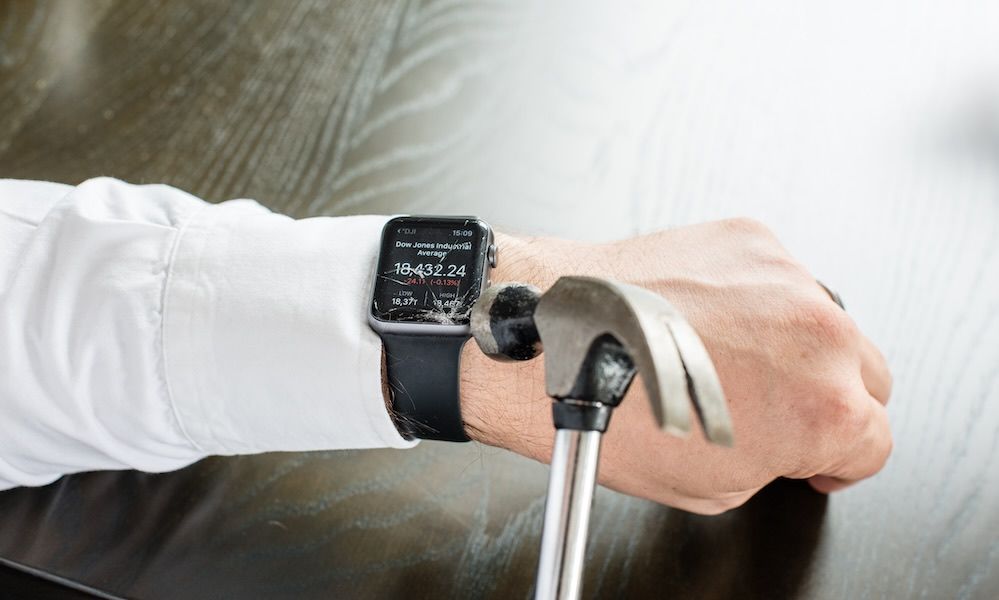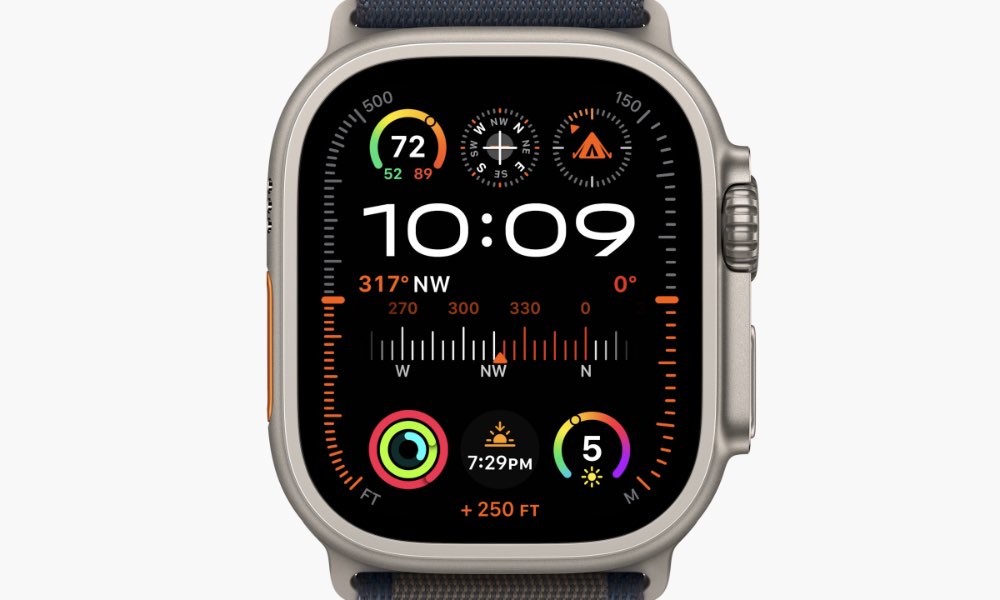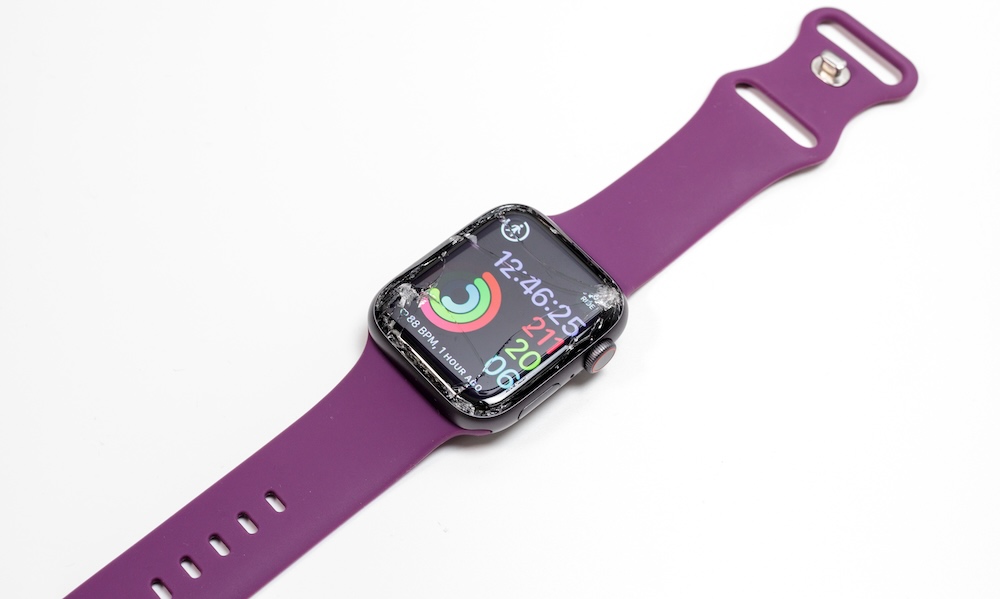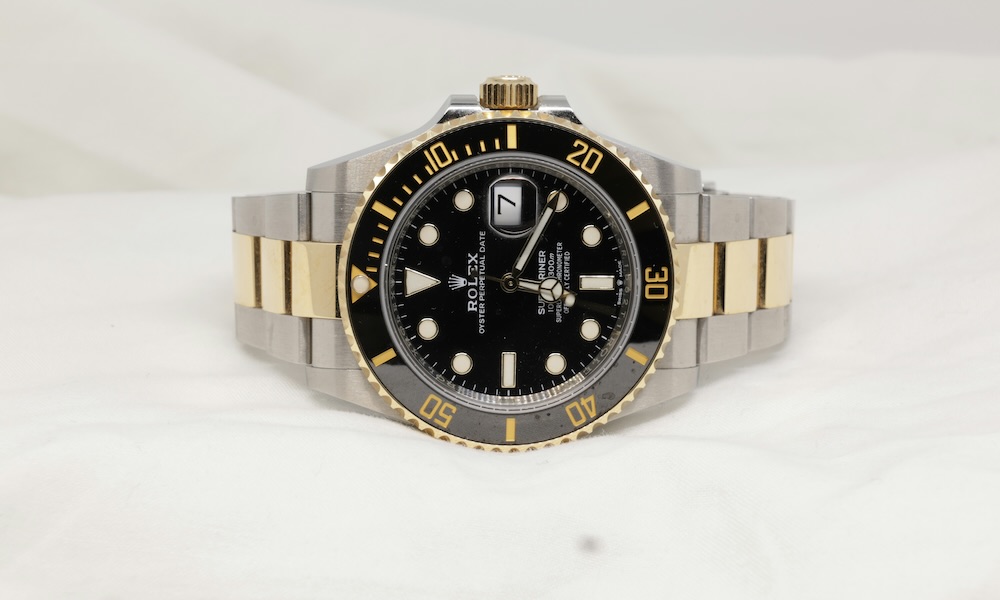Does Your Apple Watch Need a Screen Protector?
 Credit: Frank Gärtner / Adobe Stock
Credit: Frank Gärtner / Adobe Stock
Toggle Dark Mode
Many of us protect our iPhones with a screen protector; wouldn’t it make sense for us to do the same with our Apple Watch? After all, while you’re less likely to drop it than an iPhone, it still has to endure many of the bumps and scrapes of everyday life.
Whether you choose to use a screen protector on your Apple Watch should depend on how you use your watch, where you use it, and how much risk you’re willing to take.
For most people, Apple Watches are “sports watches” designed to be used for fitness, swimming, and water sports. That means they’re likely to experience more wear and tear than your typical dress watch. While all Apple Watches are designed with durability in mind, there are some things worth considering that might influence your decision.
The first factor in deciding whether or not to use a screen protector for your Apple Watch should be your particular watch model. Apple uses two different materials for its watch faces. One is a chemically hardened glass called Ion-X. It’s similar to Gorilla Glass used for other smartphone screens, although not necessarily up to the same standard as Corning’s latest Gorilla Glass Victus series. The other is sapphire crystal, the same material used for luxury watches like Rolex.
Ion-X glass is used for all Apple Watch SE models and Series 9 and older models with aluminum cases. How durable and scratch-resistant is Ion-X glass? Anecdotally, the answer is “not very.”
Ion-X is similar to the glass found on the current iPhone SE and older models released before the iPhone 12 switched to Apple’s Ceramic Shield technology. It’s reasonably strong against impacts, but it’s much more susceptible to nicks and scratches than sapphire crystal.
Also, the face on the SE and Series 9 models is flush with the case, making the edges more susceptible to dings. If you have an Apple Watch SE or Series 9 with an aluminum case, you might want a screen protector. Again, though, that depends mostly on where you wear your Apple Watch and how active your lifestyle is.
Apple uses sapphire crystal for the faces of the Apple Watch models with stainless steel cases and the Apple Watch Ultra models. It was also used in older models that featured titanium and ceramic cases. To put it simply, if your Apple Watch has anything better than an aluminum case, it’s using sapphire glass.
Sapphire, whether natural or synthetic, measures a 9 out of 10 on the Mohs scale, a system for measuring the relative hardness of various materials. Diamond gets a 10 on that same scale.
This means sapphire crystal is extremely hard and much more scratch-resistant than Ion-X glass. As you’re probably aware, the difference in material is reflected in the price of the Series 9 watches with stainless steel cases and the Ultra 2. The Apple Watch Ultra 2’s titanium casing also has a raised lip, which offers more protection to the edges of the sapphire crystal face. If you have an Apple Watch with a stainless steel, titanium, or ceramic case, you’re less likely to need a screen protector.
Another factor to consider is the cost of repair versus protection. Repairing or replacing any damaged Apple Watch screen is costly. Accidental damage is not covered by Apple’s warranty, although damaged glass is “eligible for applicable coverage for accidental damage” if you have an AppleCare+ plan.
For example, Apple’s watch repair estimator shows $399 to repair “other damage (not battery or depth and water seal test) on a Series 9 with a stainless steel case without AppleCare+ or $69 with AppleCare+. For an Apple Watch SE, the estimate is $199 or $69. So, if you wear your watch for outdoor sports, working out, working with tools, or in other environments where it’s likely to scratch, think about a screen protector — especially if you don’t have AppleCare+.

There are many different types of screen protectors for your Apple Watch, ranging from plastic or tempered glass covers to cases with plastic or tempered glass built in. If you’re thinking about a case, it’s worth doing some research and reading reviews as you explore your options. Cases can alter the watch’s aesthetic and tactile experience in unexpected ways. The question is what you’re willing to tolerate for the extra peace of mind.
Ultimately, whether you choose to use a screen protector on your Apple Watch is a matter of personal preference. Now you know a bit more about the durability of your Apple Watch face. If you’re a purist and wish to maintain the original look and feel of the watch, go for it. If you wear your watch often and during activities where it might encounter some bangs and bumps, or you’re just clumsy, think about adding a screen protector — or at least signing up for AppleCare+ to reduce repair costs in the event that something happens to damage your watch. However, keep in mind that AppleCare+ won’t cover “cosmetic” damage, so you’ll still have to live with scratches that a screen protector could prevent.









